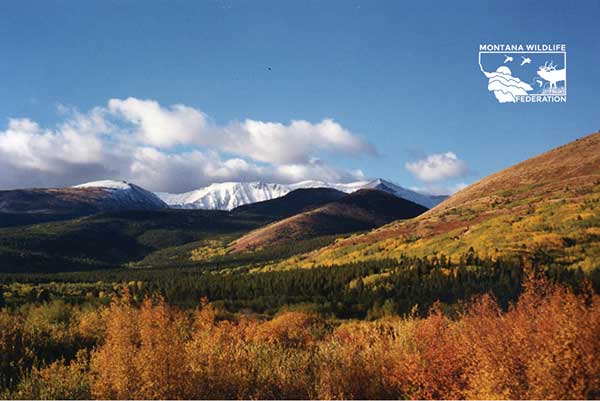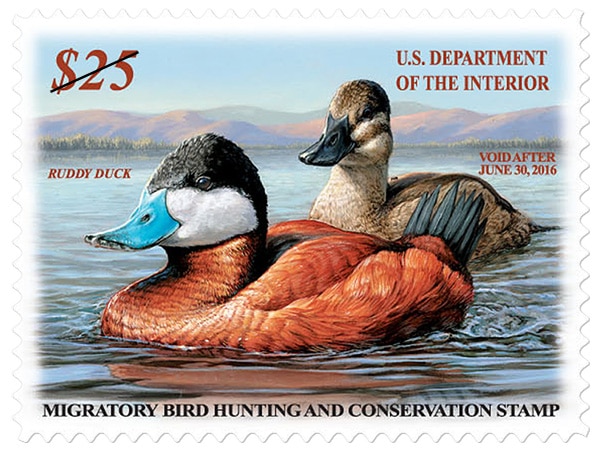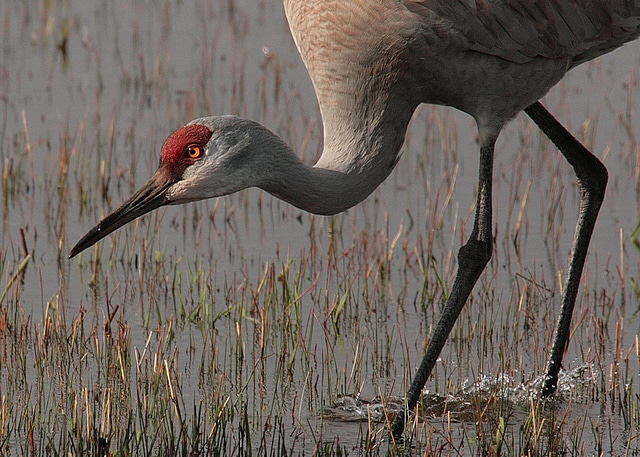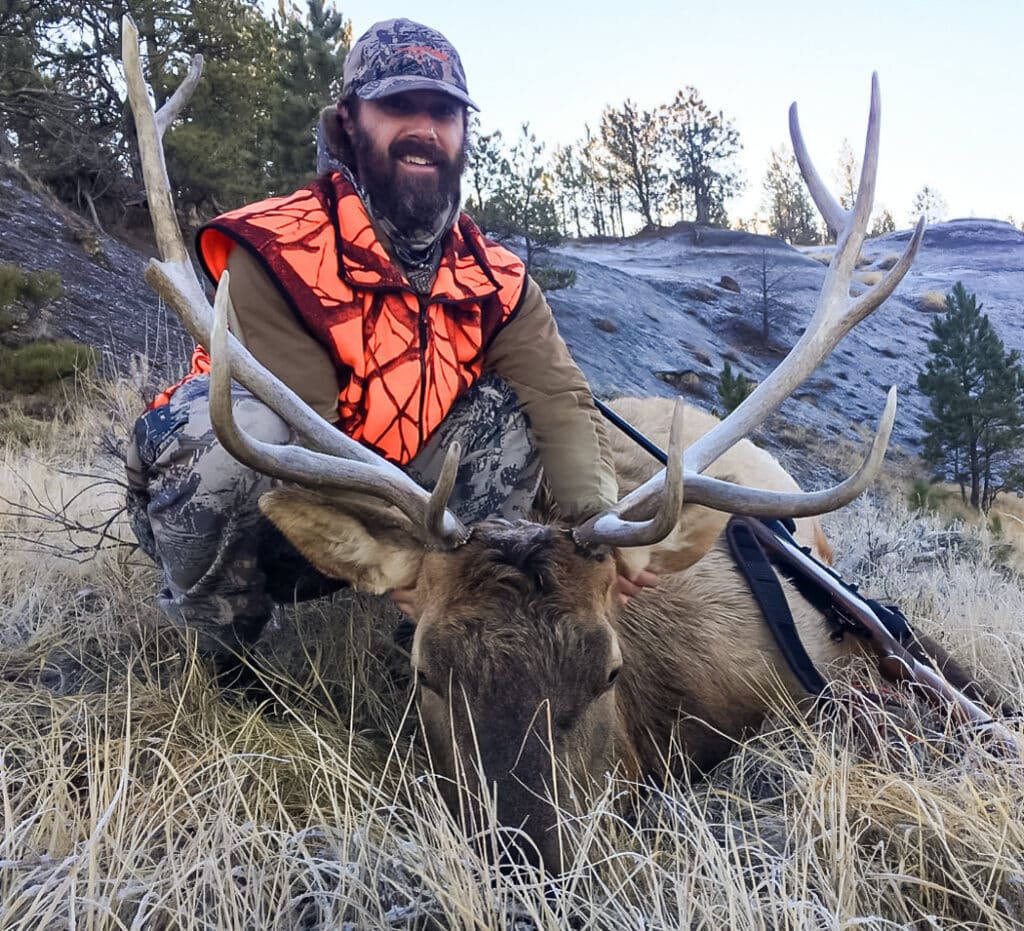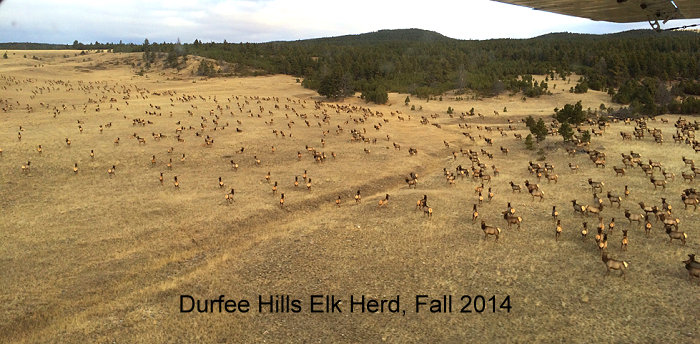
The Bureau of Land Management (BLM) has decided against a land exchange with two of Montana’s largest private landowners, billionaire brothers Dan and Farris Wilks. The Wilkses were proposing to exchange the Anchor Ranch, which sits just north of the Missouri River in Blaine County, along with other lands, for a landlocked parcel of BLM property known as the Durfee Hills which sits inside the Wilke’s NBar Ranch in Fergus County.
Mark Albers, BLM’s Central Montana District Manager, announced his decision to the district’s Resource Advisory Council in Great Falls. He said he made the decision against pursuing the deal when he considered all of the priorities facing his office.
Local sportsmen of the Central Montana Outdoor group, along with the help of the Montana Wildlife Federation, worked tirelessly to stop the transfer. Doug Krings, speaking on behalf of Central Montana Outdoors said that “you only get to keep what you are willing to fight for.” He also made it clear that “the sportsmen of Central Montana and beyond are not against land exchanges, they are simply against bad deals. It is very easy to stay focused on this particular issue, because what we are doing is in the best interest of the American sportsmen.”
The Montana Wildlife Federation looked at the proposal on a value-for-value basis that considered several criteria, including the quality of the habitat; presence of huntable populations of wildlife including elk, mule deer and sage grouse; and public access and hunting opportunity. “We felt it was not a good deal, it was not a fair trade at all,” said Bill Geer, chairman of the access committee for the Montana Wildlife Federation. “The Durfee Hills are far and away a much greater value.” And while the Durfee Hills are only accessible primarily by air, in recent years, more and more hunters are accessing the area via airplane for a relatively affordable fee.
The Durfee Hills has had roughly 200 elk hunter days per year, and high success rates, according to data from Montana Fish, Wildlife and Parks. In addition, the area is the only remaining federal lands available for public big game hunting in Herd Unit 530, and is the core habitat for an elk population that numbers over 5,000 strong. In contrast, the Anchor Ranch, in Herd Unit 680, has walk-in access off of nearby dirt roads and the elk herd is small enough to warrant hunting by special permit only.
One of the arguments that was made in favor of the land trade was to open the Bullwhacker Road, which leads to the Upper Missouri River Breaks National Monument south of the Anchor Ranch and the hunting opportunities it offers. However, that area is already accessible by boat on the river. It is also accessible via roads farther upstream. The Montana Wildlife Federation will continue to work to increase public access into the Upper Missouri River Breaks National Monument for sportsmen moving forward.
The Montana Wildlife Federation praises the BLM on their decision to not pursue this land transfer. The Durfee Hills offer great value for sportsmen and wildlife and should remain in public ownership for the public to enjoy.
